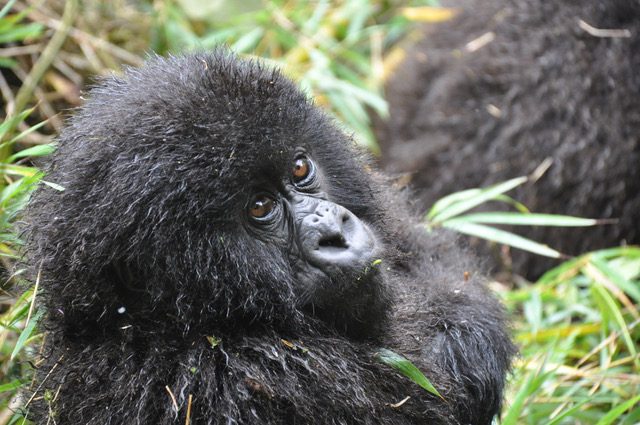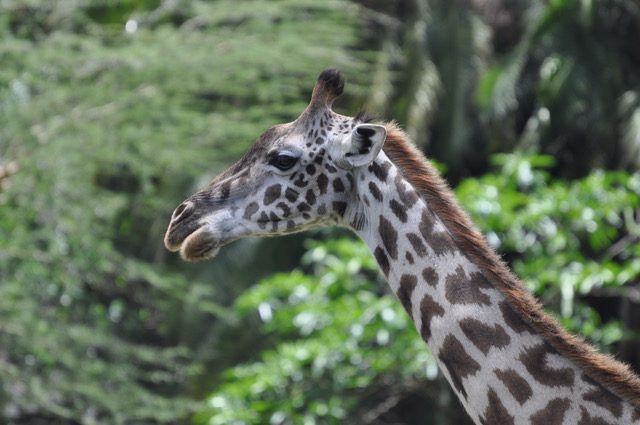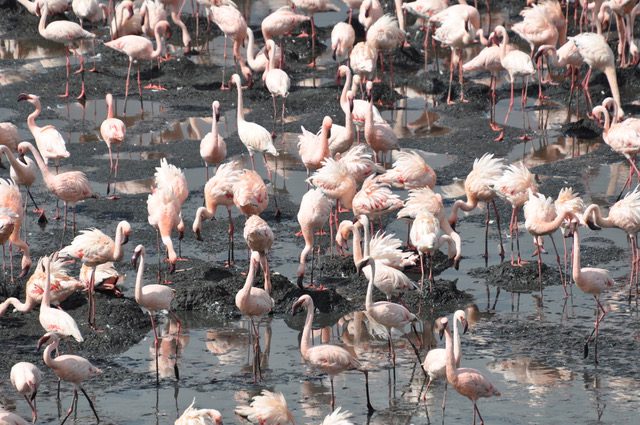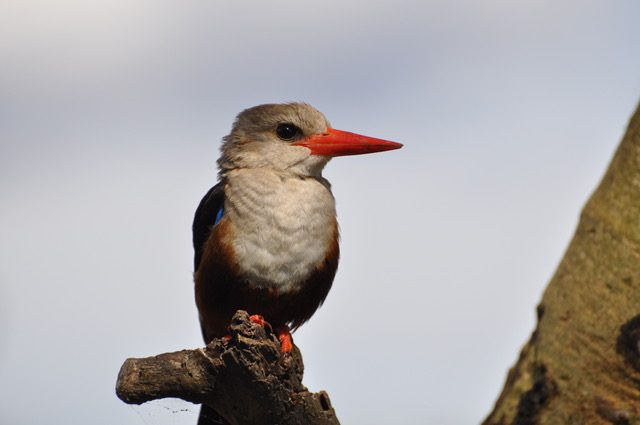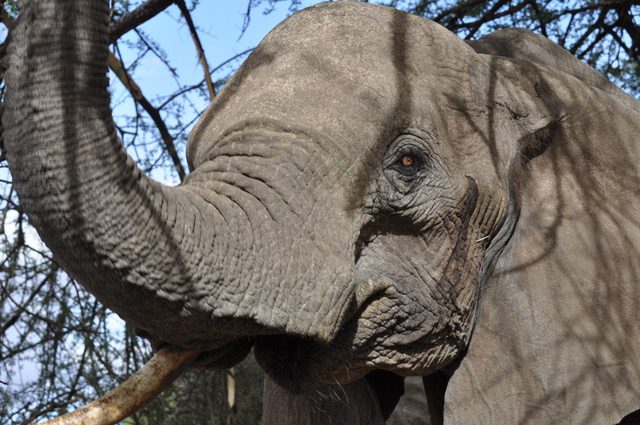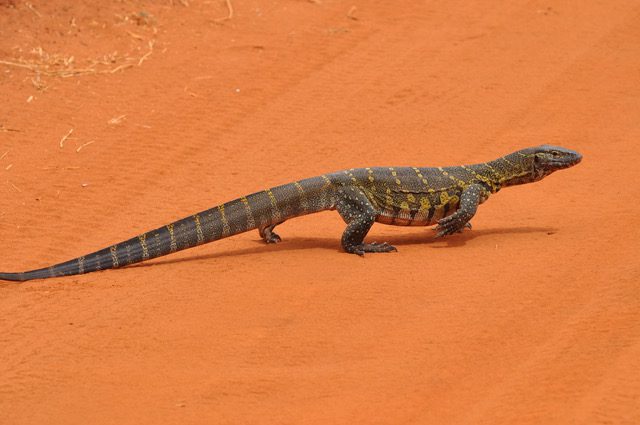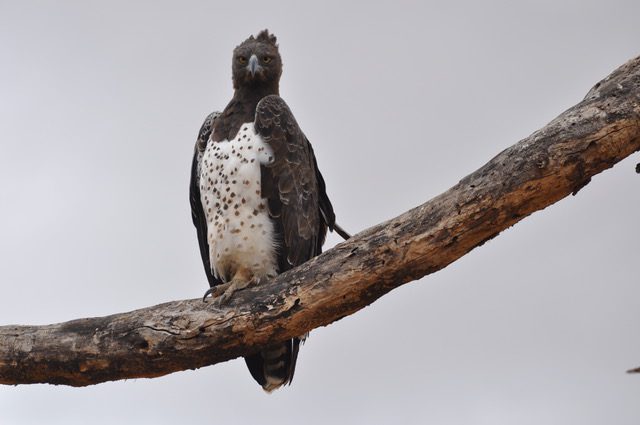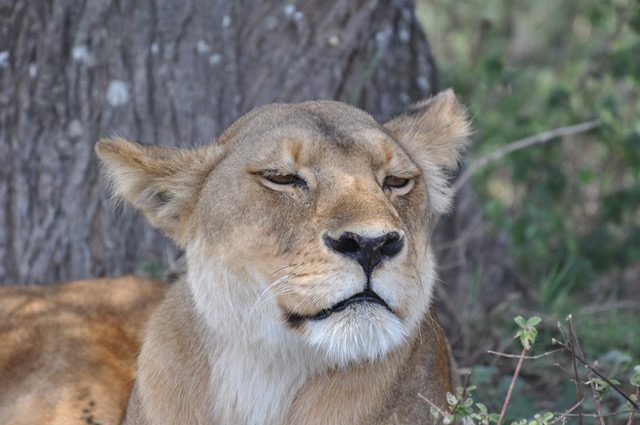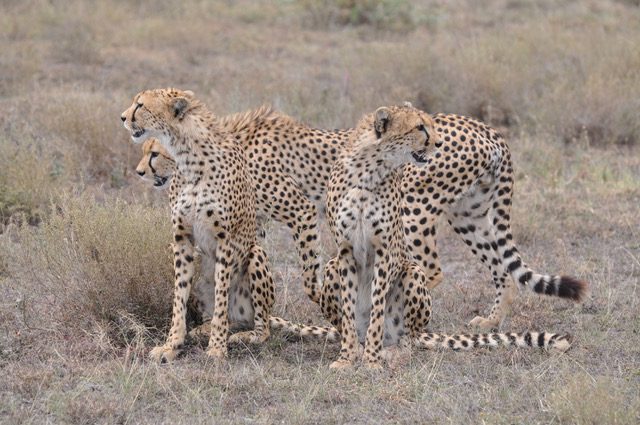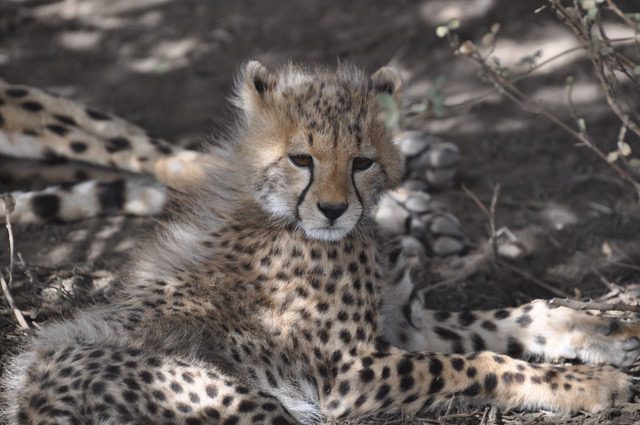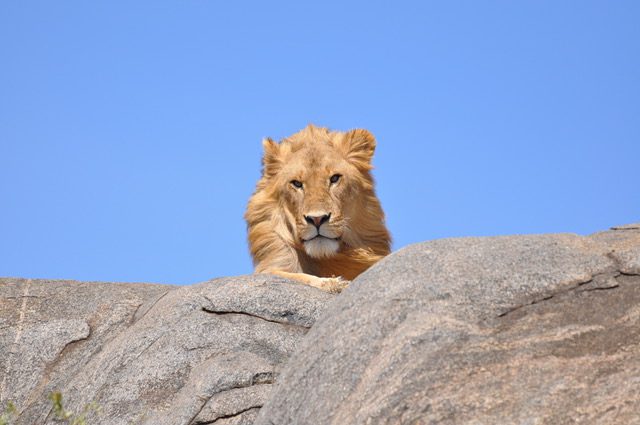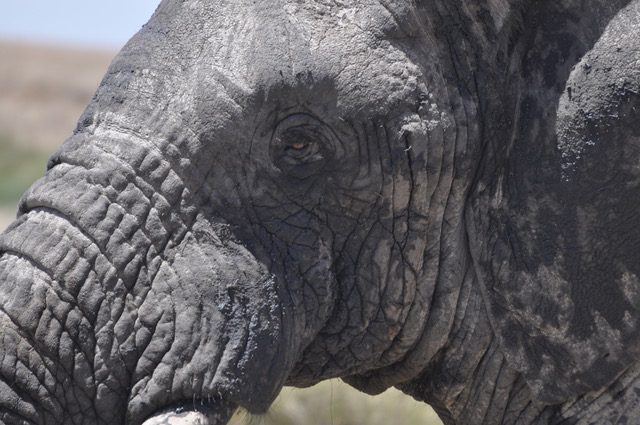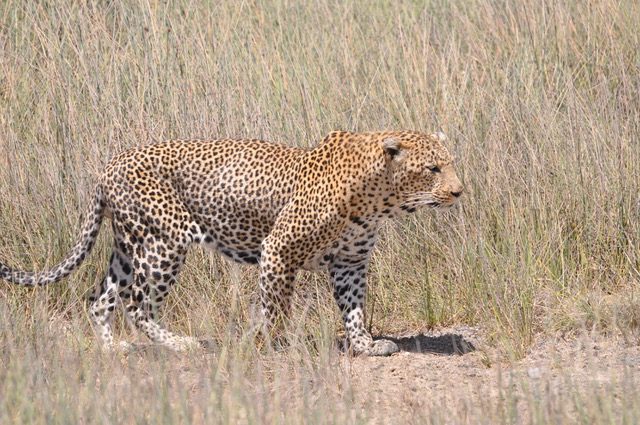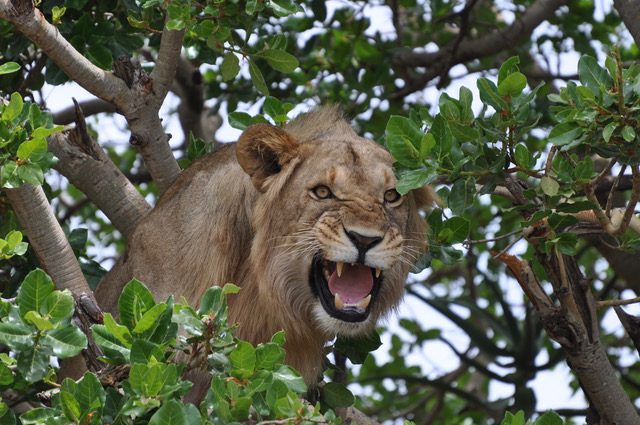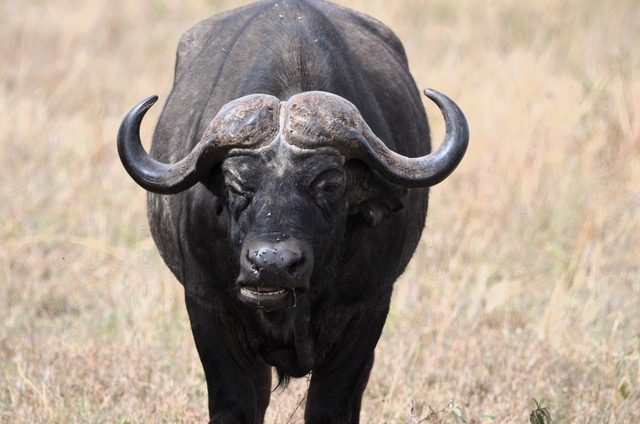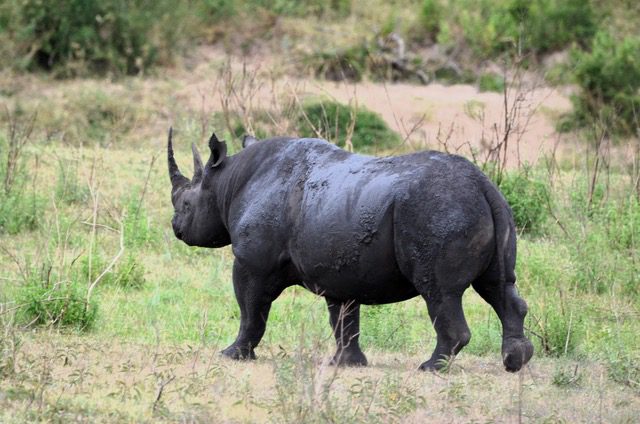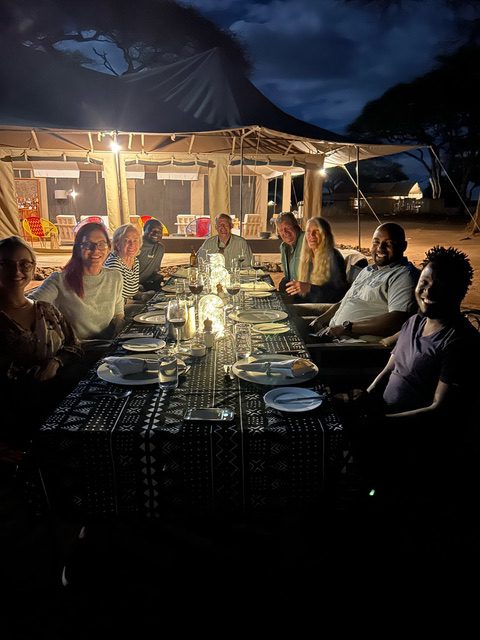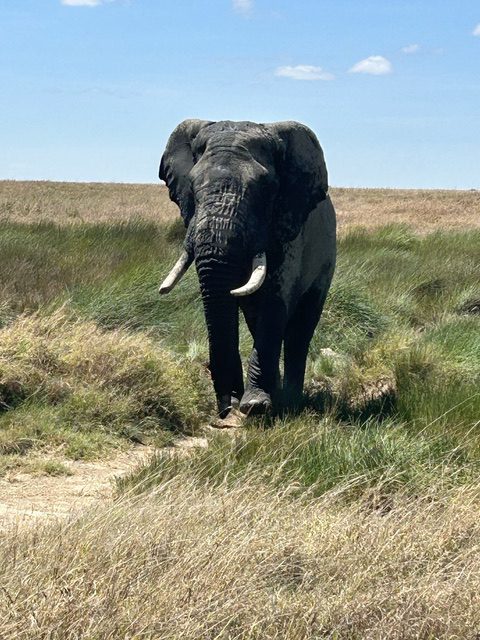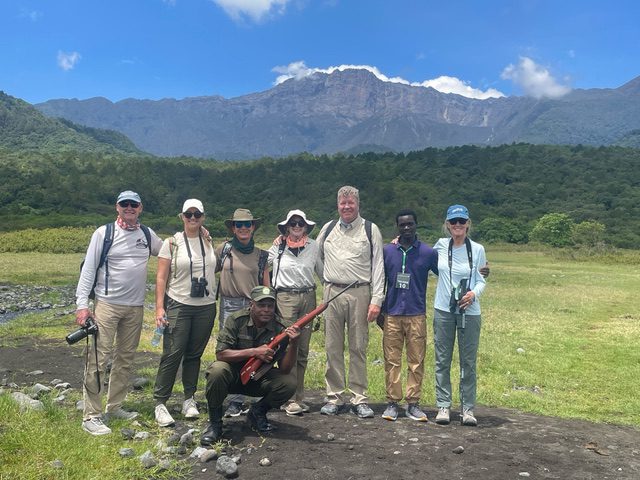Travel: Tanzania and Rwanda expedition, sights include black rhino
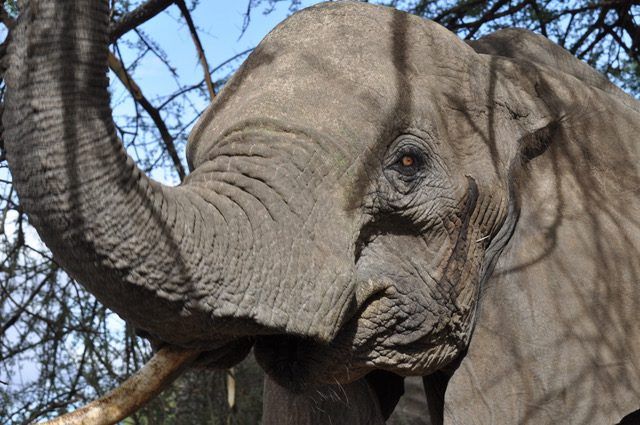
BY BILL AND KATIE CALDWELL
Note: Boca Beacon readers Bill and Katie Caldwell visited Tanzania and Rwanda with guide Adam Nkinde of Wilderness First Travel after hearing him speak at the Community Center. They had been there in 2015 and 2018, as well as Uganda in 2010. Also on the trip were Jeri Smith and her daughter Molly Gilbert, and Phil and Kris Elbert.
We flew to Arusha Tanzania, where we spent two nights and did a walking safari in Arusha National Park to a waterfall. From there we traveled to Tarangiri National Park, spending two nights and days on safari. Then on to Gibbs Farm (one of my very favorite places), traveling the next morning to the Ngorongoro Conservation Area.
Ngorongoro is a Unesco World Heritage Convention site, known for its vast expanses of highland plains, savanna, savanna woodlands and forests. It was established in 1959 as a place where wildlife would coexist with seminomadic Maasai pastoralists practicing traditional livestock grazing. The highlight is the spectacular Ngorongoro Crater. Leaving the crater we did a game drive on the way to a night at Lake Masek and then on to the Central Serengeti for two nights, followed by two nights in the northern Serengeti, where we also had a balloon ride.
The sheer volume of wildlife is unbelievable. We were living in a zoo.
We saw herds of elephants and ten cheetahs in two days. We also saw over 50 lions, including a mating pair, and we had encounters with two leopards, buffalo, herds of zebras and wildebeests. The birdlife was off the charts, and included vultures feeding on a zebra carcass, a Marshall’s eagle, the largest eagle on the continent, pairs of eagle owls (one of the largest in the world) and monitor lizards.
Another of the highlights was an encounter with a black rhino male all alone on the way to the northern Serengeti. They are critically endangered, and this was the first one I have seen in five trips to the continent.
For the last part of the trip we flew in a Cessna caravan to Kigali, Rwanda, where we visited the genocide museum there. We then drove to Volcanos National Park for three nights for gorilla and golden monkey trekking. There, we hiked for two and a half hours to reach a gorilla family of 22 members, including nine females with nine babies. They were literally all around us, oblivious to our presence. We also visited the Dian Fossey Museum.
Rwanda in total was a surprise. Kigali was a very sophisticated city, and there was not one piece of trash anywhere. That was the case elsewhere while traversing the country. It was absolutely an amazing recovery, after the horrifying genocide.
This is a trip that can change your life.
